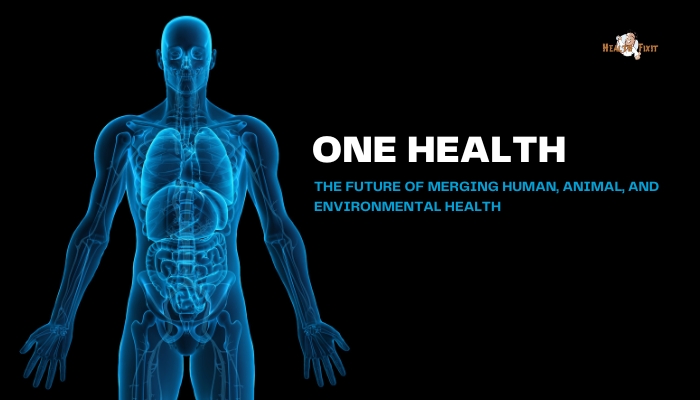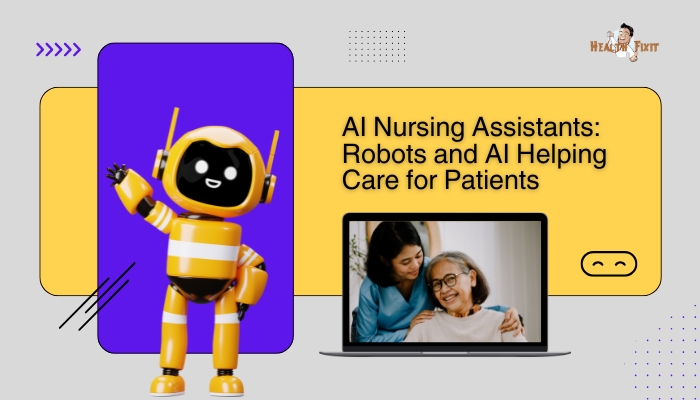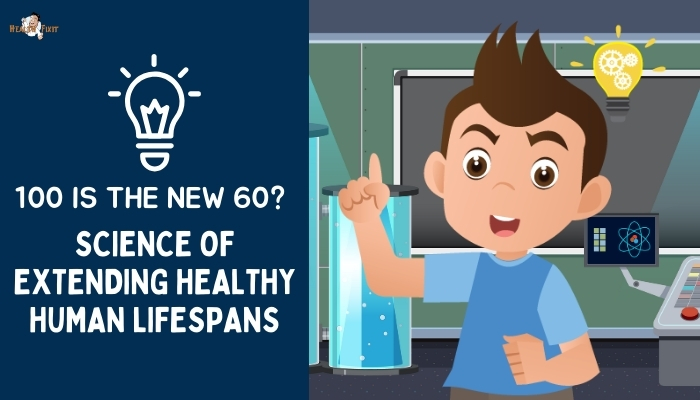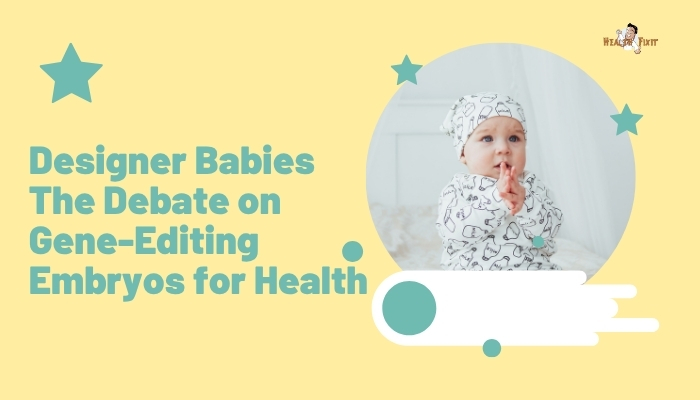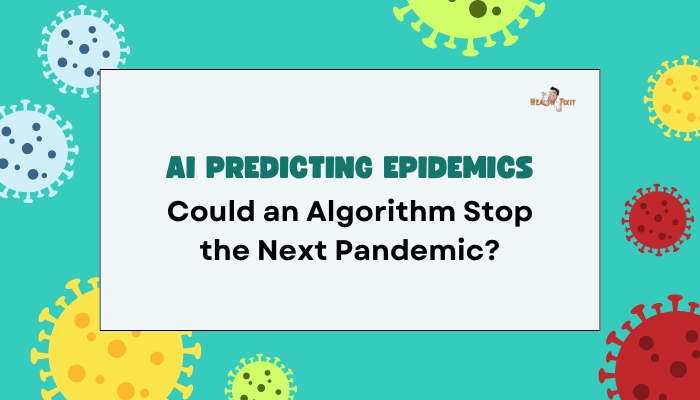Introduction
In an interconnected world, human health does not exist in isolation. One Health recognizes that humans, animals,
and the environment share a complex web of interactions, and improving health in one domain often benefits the others.
This holistic concept has gained momentum as zoonotic diseases like COVID-19 highlight how pathogens can jump from animals to humans,
and as environmental issues—such as pollution or climate change—jeopardize both wildlife habitats and global well-being. By integrating efforts across multiple sectors,
One Health aims to prevent and control disease, safeguard biodiversity, and ensure sustainable development for future generations.
The Core Concept of One Health
A Collaborative, Multidisciplinary Approach
One Health breaks down traditional silos among:
- Human Medicine: Physicians, public health officials, and epidemiologists.
- Veterinary Medicine: Veterinarians, animal health experts, and livestock managers.
- Environmental Sciences: Ecologists, conservationists, and wildlife specialists.
These professionals share data, coordinate surveillance, and jointly respond to emerging crises, ensuring solutions address the full ecological spectrum of disease and resource management.
Zoonotic Transmission
An estimated 60–75% of new infectious diseases in humans originate from animals (zoonoses). By monitoring animal populations and habitats, experts can detect pathogens earlier—such as avian influenza in poultry or Ebola in wildlife—reducing the likelihood of human outbreaks.
Why We Need One Health
Preventing Pandemics
Close interactions with animals (livestock, wildlife) and habitat encroachment accelerate the emergence of novel pathogens.
One Health–driven surveillance identifies risk hotspots, coordinating interventions like vaccination, livestock culls, or ecosystem preservation to halt a potential outbreak at its source.
Tackling Antimicrobial Resistance (AMR)
Overuse of antibiotics in both human healthcare and animal agriculture fosters antimicrobial-resistant microbes. One Health strategies track antibiotic use across sectors, promote responsible stewardship
and reduce environmental contamination from drug residues—vital steps to preserve life-saving antibiotics.
Managing Environmental Threats
Issues like deforestation, water pollution, and climate change degrade ecosystems, disrupt wildlife migration, and intensify disease vectors
. By addressing these environmental drivers alongside human and animal health, One Health fosters sustainable habitats that reduce disease spillover risks.
Key Pillars of One Health Implementation
Surveillance and Data Sharing
Timely detection of unusual illnesses in animals or changes in ecosystems can signal human health threats. Coordinated reporting systems linking veterinary clinics,
hospitals, and environmental agencies ensure critical information moves swiftly. Tools like integrated disease modeling and real-time analytics amplify early warnings.
Joint Policy and Education
Governments and NGOs collaborate across ministries—health, agriculture, environment—to develop aligned policies. Meanwhile,
training programs build a workforce fluent in One Health principles, spanning veterinarians learning epidemiology to doctors acquiring wildlife disease knowledge.
Community Engagement
Rural communities living near wildlife or managing livestock often spot early disease signals. Empowering them with resources and knowledge fosters local solutions. For instance, teaching safe animal handling or sanitation can avert disease outbreaks while preserving livelihoods.
Challenges to One Health Adoption
Siloed Funding and Bureaucracy
Traditionally, resources allocated for human health, veterinary services, and environmental conservation remain separate. Merging budgets and clarifying cross-sector responsibilities can be politically and administratively complex.
Data Integration
A successful One Health approach demands integrated data systems. Yet differences in data standards, software, or confidentiality rules can impede synergy. Overcoming these requires advanced informatics and legal frameworks ensuring secure data sharing.
Balanced Development vs. Conservation
Economic pressures—expanding farmland, urbanization—may conflict with the need to preserve natural habitats that buffer disease emergence. Harmonizing growth with ecological protection is crucial for sustainable health outcomes.
The Future of One Health
Digital Tools and AI
Emerging technologies (satellite imagery, AI-driven outbreak prediction, portable genomic sequencing) supercharge One Health initiatives. By analyzing environmental signals (rainfall, deforestation) or social media chatter about unusual animal deaths, authorities can pinpoint risk zones more effectively.
Climate-Resilient Approaches
As climate change reshapes ecosystems, new vectors and pathogens might flourish. Adaptable One Health frameworks—monitoring shifting wildlife patterns or vector expansions—help craft climate-smart policies that protect both biodiversity and communities.
Global Collaboration
From the WHO to the World Organisation for Animal Health (WOAH) and the Food and Agriculture Organization (FAO), multinational bodies increasingly champion One Health strategies.
The synergy of global data sharing, standardized protocols, and robust research networks could make future pandemic prevention more coordinated and agile.
Practical Advice for Healthcare Professionals
- Cross-Train or Network: Developing relationships with veterinarians, ecologists, or local wildlife rangers can reveal broader disease contexts.
- Contribute to Surveillance Systems: Promptly report unusual clusters of infections, antibiotic resistance patterns, or zoonotic threats to integrated databases.
- Educate Patients and Communities: Spread awareness of safe food handling, avoiding bushmeat, or responsible antibiotic usage to reduce disease emergence.
- Advocate for Policy: Encourage local leaders or hospital administrations to adopt One Health frameworks, forging links with environmental programs or livestock health agencies.
Conclusion
One Health offers a vital blueprint for tackling the 21st century’s multifaceted health challenges—pandemics, antibiotic resistance, ecological disruption—by recognizing the inseparability of human, animal, and environmental well-being. By merging expertise across disciplines, integrating early warning data, and collaborating on solutions that protect habitats and public health together,
society can better prevent disease spillovers and protect the planet. With consistent effort, One Health may become a global standard, ensuring that as we strive for progress, we preserve the delicate equilibrium that underpins all life.
References
- Destoumieux-Garzón D, Mavingui P, Boetsch G, et al. The One Health concept: 10 years old and a long road ahead. Front Vet Sci. 2018;5:14.
- Gibbs EP. The evolution of One Health: a decade of progress and challenges for the future. Vet Rec. 2014;174(3):85–91.
- Coker RJ, Rushton J, Mounier-Jack S, et al. Towards a conceptual framework to support one-health research for policy on emerging zoonoses. Lancet Infect Dis. 2011;11(4):326–331.
- Mackenzie JS, Jeggo M. The One Health approach—Why is it so important? Trop Med Infect Dis. 2019;4(2):88.
- Abela-Ridder B, et al. The history of the One Health approach. Vaccine. 2021;39(11):1483–1485.
- Lebov J, et al. A framework for One Health research. One Health. 2017;3:44–50.
- Rist CL, Carlin EP, Rice BH, Wilcox BA. A framework for understanding One Health relationships. Ecohealth. 2014;11(2):258–267.
- Morand S, Lajaunie C. Emerging diseases, livestock expansion and biodiversity loss are positively related at global scale. Biol Conserv. 2021;261:109241.
- FAO, OIE, WHO. Contributing to One World, One Health: strategic framework for reducing risks of infectious diseases at the animal–human–ecosystems interface. 2010.
- Destoumieux-Garzón D, et al. Microbes in a changing environment: the One Health approach. Microb Biotechnol. 2021;14(4):1204–1215.

